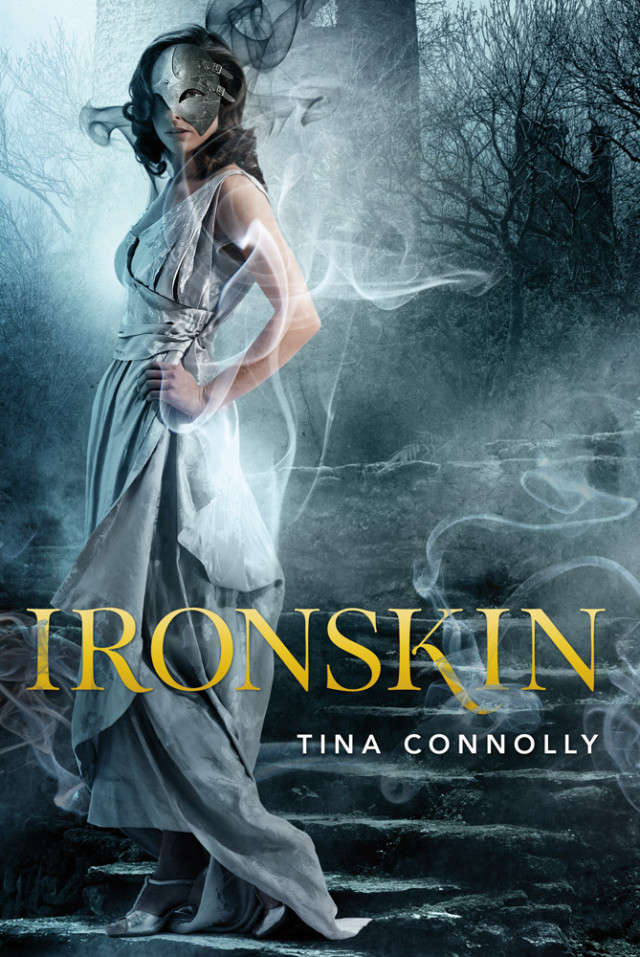Ironskin by Tina Connolly

Image: Courtesy Tor Books
A young, poverty-stricken governess alights at a crumbling house on the moors; a haunted man, his strange child, and a horrible mystery await within. Sound like Jane Eyre? It also describes Ironskin, local author Tina Connolly’s entertaining and thought-provoking debut novel.
Reimagining the 19th century seems to be an obsession in fantasy right now, particularly here in Portland; authors like Mary Robinette Kowal and M.K. Hobson are winning awards for mixing corsets and manners with spells and gadgets. Fantasy writers have thoroughly mashed up Jane Austen’s work, so why not the Brontë sisters’ next? (Trollope may have to wait—The Way We Live with Zombies Now, perhaps.)
Not to criticize Ironskin. On the contrary, Connolly’s novel masterfully illuminates our fascination with these bygone times, setting the story in a time and place reminiscent of early 20th-century Britain—a time of great technological and social change. We are thrust into the middle of this disruptive era along with protagonist Jane Eliot, who was wounded by flying shrapnel five years previously during the Great War between humans and the bodiless, capricious spirits called “fey.” Like all fey wounds, it “leaks” emotion unless she keeps an iron mask—an “ironskin”—clamped to her face to hold it in. Her disfigurement draws her to that half-ruined house on the moors, where the secret she uncovers is far worse than a madwoman in the attic: she finds herself the only one standing between humanity’s survival and the ultimate fey victory.
Before the war, the fey provided power to run everything from lights to films to trains. The struggle to replace their magic with human technology is throwing everything into upheaval, and Jane is caught in the confusion. That may be why we love these adaptations so much; in our time, technological change has become a dizzying, unresolvable constant, whereas the romantic resolution of these fictional tales imbues the reader with some sense of comfort.
Of course, murder, corsets, and magic don’t hurt, either.
Connolly includes all the romance, mystery, and horror that a good gothic story needs, without the florid prose. Her writing is clean and fresh, but she gives us just enough bygone language to show she knows exactly what kind of story she’s telling, even as she shakes it up.




